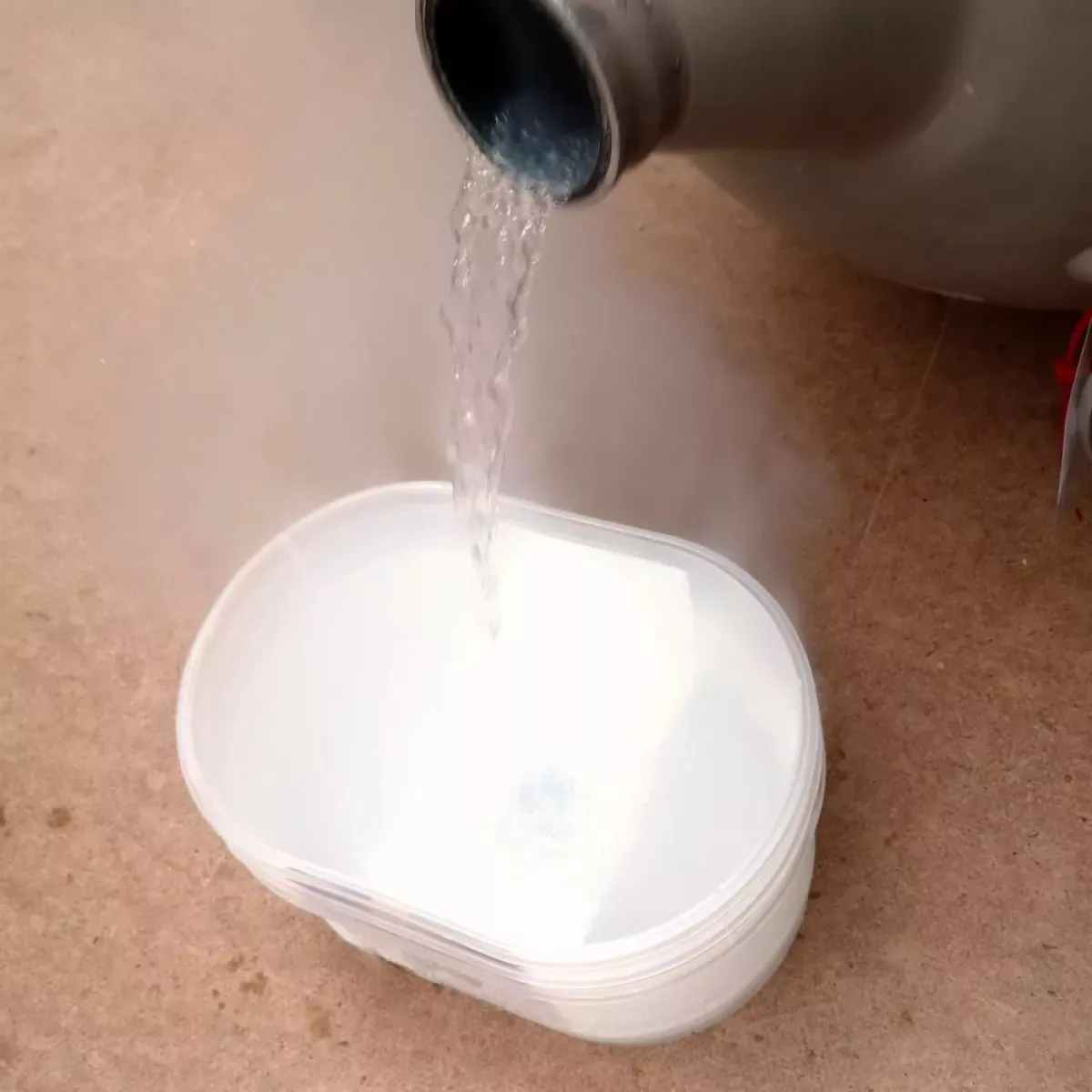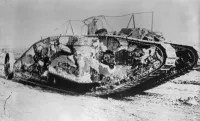1997: First Recorded Case of Liquid Nitrogen Ingestion
In 1997, a physics student demonstrating the Leidenfrost effect accidentally swallowed liquid nitrogen, leading to near-fatal injuries. This incident is noted as the first documented case of liquid nitrogen ingestion in medical literature.
January 12, 2006: Texas A&M University Liquid Nitrogen Explosion
On January 12, 2006, at Texas A&M University, a tank of liquid nitrogen experienced a catastrophic failure due to malfunctioning and sealed pressure-relief devices. The resulting pressure buildup caused an explosion that propelled the tank through the ceiling, shattered a reinforced concrete beam, and displaced lab walls by 0.1-0.2 meters off their foundations.
2012: Liquid Nitrogen Cocktail Incident
In 2012, a young woman in England had to undergo stomach removal surgery after ingesting a cocktail containing liquid nitrogen. The liquid nitrogen caused severe internal damage upon ingestion.
January 2021: Poultry Plant Liquid Nitrogen Leak
In January 2021, a line carrying liquid nitrogen ruptured at a poultry processing plant in Georgia, USA. The incident led to the deaths of six people and injuries to 11 others.
Trending

20 days ago Naji Marshall Scores 18 Points and 8 Rebounds in Mavericks Win Against Clippers.

6 months ago Seth Curry Hints at Warriors Reunion, Talks Free Agency, Simmons Attracts Interest.
Penei Sewell is a professional American football offensive tackle for the Detroit Lions in the NFL Born in American Samoa...

8 months ago Max Christie's Connection to Doug Christie Explored Amid Mavericks' Winning Streak.

2 months ago Al Horford's Game Schedule Determined; Resting Against Grizzlies, Playing Clippers Tomorrow

8 months ago Quinten Post: Warriors' Rookie Ready for Big Time, X-Factor in Playoffs
Popular

Ben Shapiro is a prominent American conservative political commentator media...

XXXTentacion born Jahseh Dwayne Ricardo Onfroy was a controversial yet...

Candace Owens is an American conservative political commentator and author...

William Franklin Graham III commonly known as Franklin Graham is...
The Kennedy Center Honors are annual awards recognizing individuals and...

Tucker Carlson is an American conservative political commentator known for...

